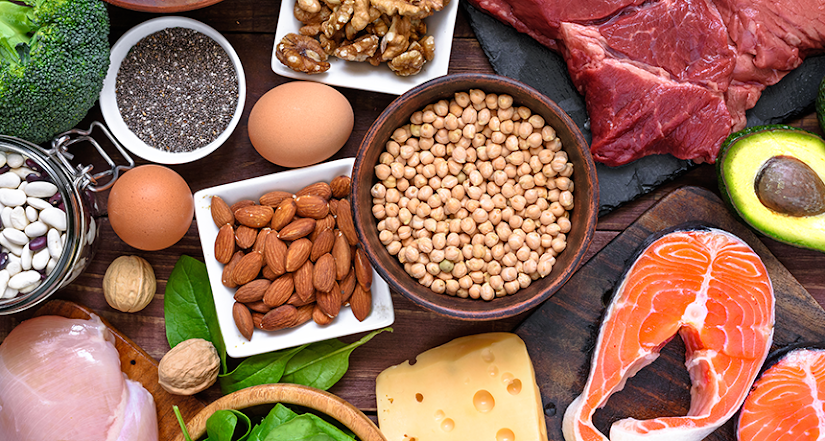Chemical kinetics us to understand how chemical reactions occur. Chimestry, by its very nature, is concerned with change. Substances with well defined properties are converted by chemical reactions into other substances with different properties. For any chemical reaction, chemists try…
The Zorth Low of Thermodynamics led us to the concept of temperature that agree with our commonsense notion. Temperature is a maker of the 'hotness' of a body It determine the direction of flow of heat when two bodies are placed in thermal contact. Heat flow from the body at a hig…
Convection is a mode of heat transfer by actual motion of a matter. It is possible only in fluids. Convection can be natural or forced. In natural convection, gravity plays an important part. When a fuild is heated from below, the hot part expands and, therefore, becames less dense. Bec…
In this article we shall study laws that govern thermal energy. We shall study the processes where work is converted into heat and vice versa. In winter, when we rub our palms together, we feel warmer; here work done in rubbing our palms together, we feel warmer; here work done in rubbing…
Introduction We all have common- sense notions of heat and temperature. Temperature is a measure of 'hotness' of a body. A kettle with boiling water is hotter than a box containing ice. In physics, we need to define the notion of heat, temperature etc., more carefully. In this art…
In the article, we studies the motion of objects oscillating in isolation. What happens in a system, which is a collection of such objects? A meterial medium provides such as example. Here, elastic forces bind the consituents to each other and, therefore, the motion of one affects …
Introduction It is well known fact that self- sufficiency in food has been achieved in India since late 20th century by using fertilizers and pesticides and exploring improved methods of farming, good quality seeds, irrigation etc. But over exploitation of soil and excessive use of fertil…
Prior to World War II, many naturally occurring chemicals such as nicotine ( by planting tobacco plants in the crop field), were used as pest controlling substances for major crops in agricultural practices. During World War II, DDT was found to be of great use in the control of malaria…
The first of the thermodynamics tells us about the relationship between y heat absorbed and the work performed on or by a system. It puts no restrictions on the direction of heat flow. However, the flow of heat is unidirectional from higher temperatures to heat is unidirectional from h…
Proteins are probably the most complex materials produced in nature. The name protein in derived from the Greek word proteins, meaning 'of prime importance'. The name is well chosen because proteins are the basic of protoplasm and are present in all living organisms. Without pr…
A colloid is a heterogeneous system in which one substances is dispersed (dispersed phase) as very fine particles in another substances called dispersion medium. The essential difference between a solution and a colloid is a that of particle size. While in a solution, the constituent pa…
Rutherford model laid the foundation of the model picture of the atom. However it did not tell anything as to the position of the electrons and how they were arranged around the nuclears. Rutherford recognised that electrons were orbiting around the nuclears. But according to the classic…
Search
Trending now








.jpeg)












